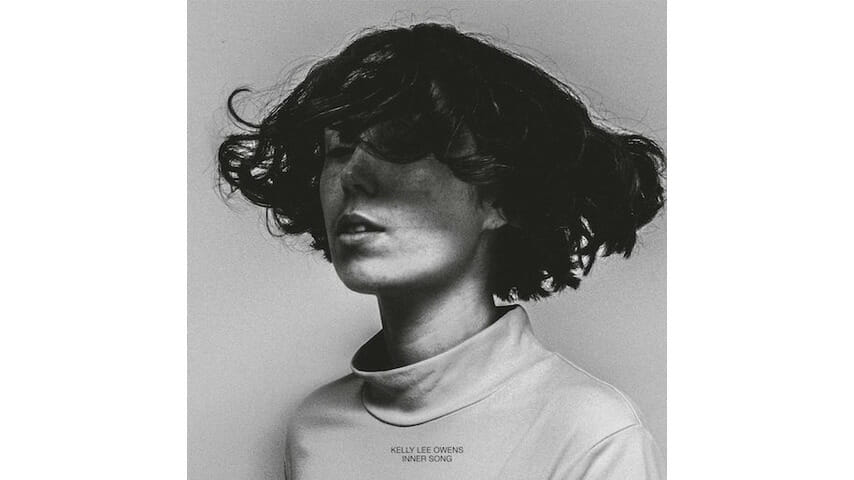Kelly Lee Owens Masters the Dream Pop-Techno Divide on Inner Song
The genres might appear different at first, but Owens finds their enthralling overlap on her second LP

Dream pop and techno might be vastly different genres, but they share a common goal. Where dream pop’s glimmering, reverb-soaked guitars and keyboards entrance listeners into a listless stupor, techno’s clattering 808s and simple, repetitive rhythms keep the party going. While these modi operandi at first seem diametrically opposed, a closer look reveals that both genres impart enchantment, nirvana, hypnosis and even healing—a night out at the rave is as palliating as an evening splayed out listening to Teen Dream.
Welsh songwriter-producer Kelly Lee Owens understands these genres’ powerful overlap more than any other musician in recent memory. Owens’ former career as an auxiliary nurse initially spurred her interest in healing frequencies (in an interview earlier this year, she recalled “holding people’s hand as they die”), and on her self-titled 2017 debut album, she explored these waveforms via gauzy electronic balladry, ambient techno grooves and serene vocals. The LP was at once a breakout critical success and sorely underappreciated. Owens’ jumping between heady euphoria, dancefloor bliss and oppressive gloom may have only appealed to a certain crowd (even if that crowd included St. Vincent and Björk).
With her sophomore album Inner Song, however, Owens potentially opens herself to a much wider audience. A thrilling, dynamic LP that overflows with life, Inner Song is full of dancefloor devotionals that easily rank among her most accessible creations to date. If Kelly Lee Owens gently opened the door between dream pop and techno, Inner Song rushes through it and builds a world where ecstatic, curative, untethered electronic sounds abound.
-

-

-

-

-

-

-

-

-

-

-

-

-

-

-

-

-

-

-

-

-

-

-

-

-

-

-

-

-

-

-

-

-

-

-

-

-

-

-

-








































